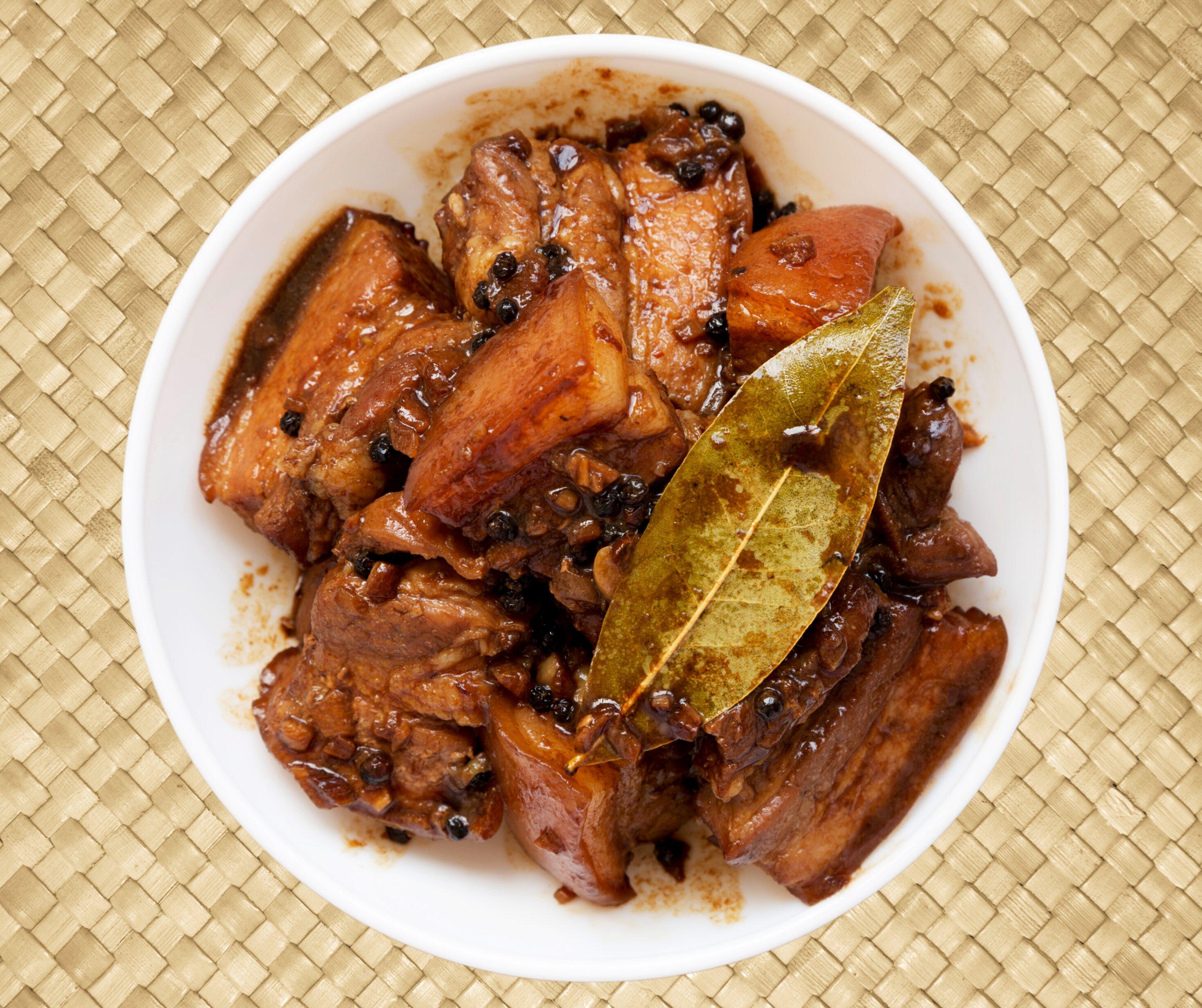
As the blazing tropical sun kisses the fertile soil of the Philippine islands, it bestows a gift upon the earth – a treasure of sublime sweetness that dances across taste buds and sets senses alight. I’m speaking, of course, about the magnificent Philippine mango.
These lush ovals of perfumed velvet arrive in an array of varieties as vibrant as a muñeca’s finery – blushing red, burning orange, and brilliant yellow catching the light like a ostentatious display of nature’s jewels. Their fragrance alone is an overture of the rapturous symphony to come, hints of honey and wildflowers beckoning like a siren’s call.
One bite into the succulent flesh releases a burst of heavenly nectar upon the tongue, velvety and voluptuous. This is no mere pedestrian fruit, but an ecstatic experience akin to an escritorial’s first book being published or a dancer’s inaugural pow taking the stage. Sweet, yes, but with layers of complexity and decadent nuance that both soothe and enliven the spirit.
While the heavenly tropical sweetness of Philippine mangoes is absolute perfection on its own, these sunny gems also lend themselves to an incredible array of dishes. From refreshing beverages and light desserts to savory entrées and condiments, mangoes’ delightfully versatile flavor shines in the nation’s vibrant cuisine. Let these luscious island fruits inspire you in the kitchen!
Beloved Desserts

No discussion of mango dishes would be complete without highlighting the beloved array of traditional Filipino sweets and desserts. Frothy mango shakes and smoothies provide a taste of liquid sunshine, perfect for cooling down on a sultry day. The iconic mango graham features ripe mango puree layered with sweet graham crackers, cream, and condsened milk.
More elaborate desserts lovingly showcase mangoes’ flavor and texture. Light and airy mango royale cakes with mango mousse filling epitomize tropical indulgence. The decadent mango torte, with layers of mango puree folded into silky cream, is ideal for special occasions. Even simple jams and preserves capture mangoes’ essence to be enjoyed all year.
Lively Savories

While mangoes may seem destined solely for sweets, their unique flavor also enhances all sorts of savory Filipino entrées. Green or underripe mangoes lend bright pops of fruity tanginess to dishes like sinigang na hipon (shrimp in sour soup) and ensalada (green mango salad with shrimp). The beloved mango pico de gallo adds tropical flair to grilled meats and seafood.

More surprising savory treats emerge from local culinary creativity. Dried mangoes are the not-so-secret ingredient in punchy Southern-style mangga’t bagoong alamang – salted shrimp paste spiked with chewy dried mango bits. Even crunchy appetizer fare can showcase mangoes, as in crisp turkey `bacon” wrapped dried mango slices with spiced vinegar.

Refreshing Beverages

The tropical kings also take center stage in all sorts of refreshing Filipino beverages. For ultra hydration on hot days, countles vendors offer fresh mango juice or smoothies. The iconic mango shake or “mango’nan” blends ripe mangoes with evaporated milk for a cool, creamy sipper. And chilled mango tea, with mango puree infused into fresh brewed black tea, provides the ultimate summer thirst-quencher.
For an authentic taste of Philippines mango culture, sample the alcohol-infused mangga’t buko (mango with young coconut). The funky “mango brew” is made by fermenting ripe mangoes in an earthen jar, then combining the juice with fresh young coconut water for a unique, effervescent refresher.
More adventurous locals even craft homemade mango wine by fermenting ripe mangoes’ juices and sugars into invigorating ‘wine. Some craft breweries have taken inspiration, recently producing mango-infused craft beers.
Rich Benefits
Beyond their transcendent flavors, Philippine mangoes provide an excellent source of over 20 vitamins and minerals. Mangoes are incredibly rich in vitamins A and C, with just one cup containing over 60% of the daily recommended amounts. They’re also a good source of potassium, magnesium, vitamin B6, and fiber to support overall health.
So I implore you, dear traveler, seek out the Philippine mango in all its ripe splendor. Bypass the lackluster imported varieties that pale like imitations of life. Only when you’ve tasted the real, authentic ambrosia of this luscious tropical gem can you truly understand why the Philippine mango reigns supreme as the king of all fruit.






